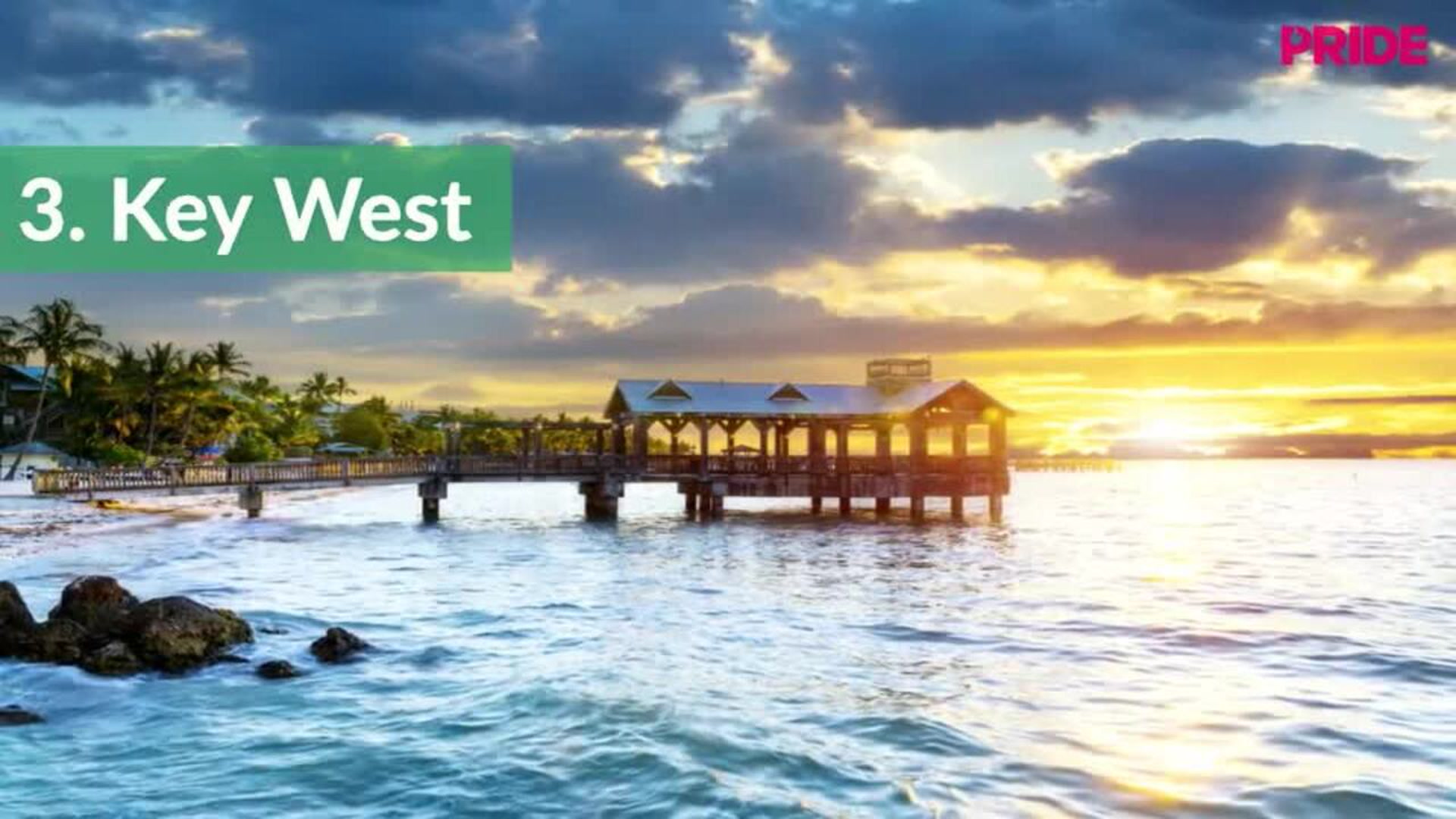LGBTQ+
5 Places Full of LGBT History You Should Visit on Your Summer Vacation

You might go for the nightlife, dining, and beaches, but that doesn’t mean you can’t learn something amazing too.
July 14 2016 12:33 PM EST
November 08 2024 5:34 AM EST
By continuing to use our site, you agree to our Private Policy and Terms of Use.

You might go for the nightlife, dining, and beaches, but that doesn’t mean you can’t learn something amazing too.
1) Explore New York.
If you’re up for the journey, venture out to Staten Island to explore the Alice Austen House. Austen was one of America’s earliest female photographers. She lived at Clear Comfort, a one-room Dutch farmhouse, with her life partner Gertrude Tate for much of her adult life. Today, her former home serves as a museum.
If you plan in advance, you can also contact the Lesbian Herstory Archives and book a group visit. The archives are part museum, part library, and park community gathering space. It houses the world’s largest collection of materials by and about lesbians, including books, unpublished papers, films, artwork, clothing, buttons, and more. The Lesbian Herstory Archives are also conveniently located next to Prospect Park, where you can enjoy a walk and picnic after you enjoy some lesbian herstory.
Photo via Wikipedia Commons user Rhododendrites.
2) Skip the bustle of the city, and relax on Fire Island.
Cherry Grove is also home to the Carrington House, a popular refuge for LGBT artists owned by theater director Frank Carrington. Truman Capote developed the book that would become Breakfast at Tiffany’s there.
Photo via Wikipedia Commons user Dinker022089.
3) Get literary in Key West.
Williams wasn’t the only LGBT literary icon who was inspired by visiting or living in Key West. Gay playwright Jerry Herman (Hello, Dolly and La Cage Aux Folles), poet Elizabeth Bishop, and author Truman Capote were also fans of the city.
Photo via Wikipedia Commons user Cristo Vlahos.
4) If you’re going to San Francisco…
Be sure to spend a day exploring The Castro. While it’s easy to find LGBT history (and history in the making) in the Bay Area, it feels like there are sites on every corner of The Castro. First, stop by Castro Camera. The historic shop was operated by Harvey Milk, the first openly gay American to be elected to public office. Milk opened the store and lived above it with his then-partner, Scott Smith. The shop became the center for Milk’s gay rights campaigning. Today, Castro Camera has been converted into The Human Rights Campaign Action Center & Store.
For more Bay Area LGBT history, visit the GLBT History Museum. The museum covers over 100 years of the Bay Area’s LGBT history and contains 800 collections of personal papers, photographs, audiovisual recordings, letters, diaries, and scrapbooks documenting the lives of average people and community leaders in their archives, which you can request to see by appointment.
Enjoy an afternoon picnic in Mission Dolores Park. The section dubbed Gay Beach has the best views, and not just of the city. Another park in the area, Pink Triangle Park, is a place to reflect and remember the 15,000 gay, lesbian, bisexual, and transgender people who were imprisoned and killed during and after the Nazi regime.
In the evening, catch a movie at The Castro Theater. The theater regularly shows LGBT films, and hosts singalongs to cult classic musicals. Near the theater, you’ll find Twin Peaks Tavern. This historic gay bar has been open since 1972, and was one of the first bars that served LGBT patrons with large glass windows that allowed customers to look out, and the outside world to look in. The bar is still known for being a welcoming spot for LGBT people of all ages, and for regulars and tourists alike.
Photo via Wikipedia Commons, Provided by Stuart Milk.
5) Dig into The Windy City’s LGBT History.
If you’re planning a trip to Chicago, go beyond bar hopping in Boystown, or brunch in the less official lesbian neighborhood, Andersonville. Walk by the Henry Gerber House in Old Town—a National Historic Landmark celebrating the gay rights activist. To learn more about Gerber and other Chicago LGBT activists, visit the Gerber/Hart Library, the largest circulating collection of gay and lesbian titles in the Midwest.
The Leather Archives and Museum contains a large collection of materials related to the history of LGBT people in the leather bar subculture and has an LGBT Persons of Color Project dedicated to archiving material about people of color.
Photo via Wikipedia Commons user Simulcra.
